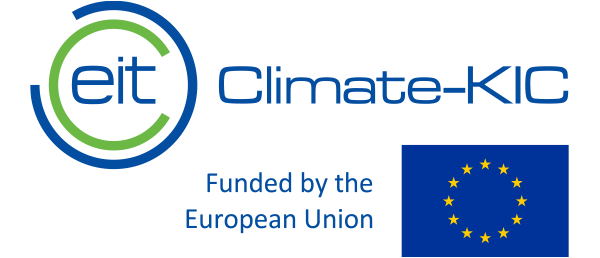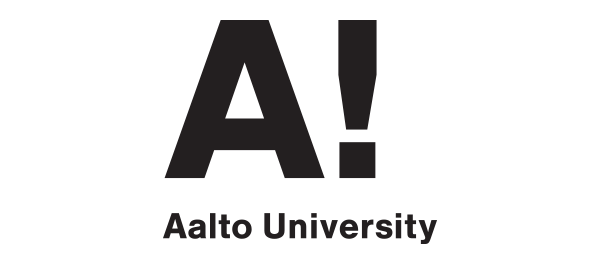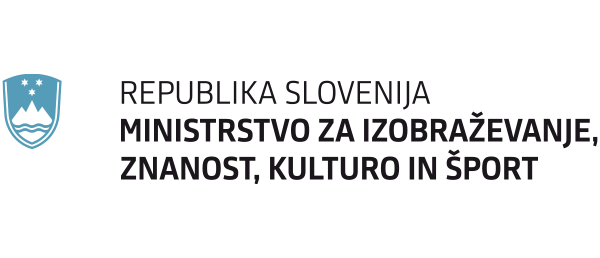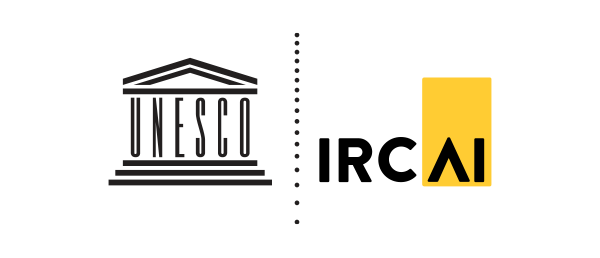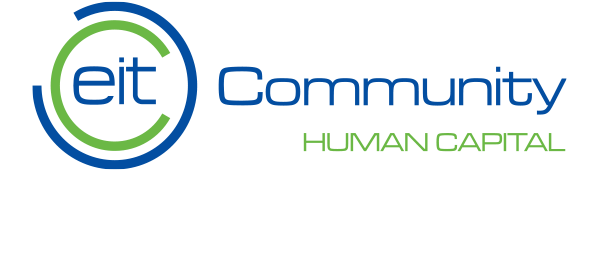
The Real Stories of Education since the Pandemic
Taking the temperature, diagnosing the problems and seeking solutions. Innovations exist, but how pervasive are they? Is remote education working 3 years later? Has the parents' role changed? The real issues will be shown through workshops and surveys for educators around the world.
Team: MAPS
Members roles and background
N.N. - currently working as a physics instructor at the American University of the Middle East.
N.N. - Educational Technologist, K–12 & Adult Educator
N.N. - freelance educator/researcher/online course developer & tutor.
N.N. - ESL Primary Teacher.
Solution description
Phase One (International Feedback)
Step 1: Workshops/surveys (led by educators) to educators around the world to allow educators to share the problems/difficulties/challenges/struggles they have faced daily since the onset of the pandemic. Framed by the specific context of each country, educators will share potential solutions to the issues they face.
Step 2: Analysis and grouping the responses into categories that focus on the parent-student-teacher dynamic separate from those focused on administrative-governmental support.
Step 3: Use the suggestions obtained to develop strategies that focus on returning the human connection back into the classroom (by strengthening the parent-student-teacher relationship).
Step 4: Identify effective, sustainable solutions to address the real issues that can only be solved by administrative-governmental support.
Phase Two (Solutions for the Primary & Secondary Level Educational System)
Step 5: Develop curricula that promote learner competence, such as using Dewey’s continuity of learning where educators coordinate lessons to permit content continuity in all subjects with deliberate coordination of tasks and assessments. Develop curricula that focus on relevant, current life experiences (build community-based learning). This step can permit customization of the learners’ learning process (based upon their specific needs) and educator-to-educator oversight of their learning process. With such a narrowed focus, experiences that promote learner self-regulation can be tailored by the educator.
Step 6: Pilot all previous steps in one country (e.g., Estonia, Turkey, Jamaica or Kuwait) and assess the real issues as told by those educators, then implement changes as outlined in previous steps.
Phase Three (Wide-scale International Dissemination)
Step 7: Repeat in other countries and assess efficacy of the intervention.
Solution context
In working through potential solutions to the paradox of low-tech infrastructure remote education that occurs in some countries, the MAPS team quickly observed these wicked problems were more vast than developing solutions for delivering subjects. As such, the focal point of our solution changed to re-defining the challenge to determine the real issues that exist in academia at this point.
Throughout the world, Education seems to be at the same place, at the same time. Three academic years into the pandemic education has changed, but anecdotally the outcome seems that remote education may not be as effective as it could be. The effects of the pandemic have universally ravaged the educational system, but are the real problems recognized and talked about? From the students’ perspective? From the educators’ perspective? From the parents’ perspective? Starting with a bottom/up approach, the three direct consumers of education are engaged by MAPS educators to encourage the return of the human connection between the actors in the classroom, ultimately seeking to provide quality remote education. The solution will occur in phases and then on an international level.
The members of MAPS recognize that remote education and digital learning are needed in the 21st century, but this pandemic has shone a spotlight on the existing shadows in the traditional educational system and created new pockets of problems. These wicked problems must first be acknowledged before any of the already-existing advancements can be meaningfully and effectively incorporated in the new educational system that is needed.
Solution target group
- Educators throughout the world.
- Secondary school students (aged 10 to 18 years) are the focus, but these problems are universal to all learners throughout the world.
- Parents throughout the world.
Solution impact
- Identifying the real problems that exist 3 years post-remote/virtual education around the world has not yet occurred. The dynamic nature of this wicked problem continues to reach generations of learners, their teachers and parents throughout the world, while it remains unnamed. Some issues existed prior to the pandemic and they have remained, but (anecdotally) it now appears that new, pervasive barriers to education have developed due to the need for remote education. The potential impact of acknowledging these issues will influence all aspects of life.
- Identifying the at-risk stakeholders affected by these problems and creating customized solutions can prevent mental health problems, emotional disturbances and even more fatal consequences in the classroom actors.
- Creating curricula that promote learner self-regulation (especially at secondary level) promises to equip learners for real life.
- Tertiary education is not accessible for all learners. Curricula that promote learner competency in primary and secondary level could reach the majority of learners who cannot access higher education in some countries - the potential to equip the majority of learners in these countries could have limitless benefits for these countries and beyond.
Solution tweet text
Real teacher issues: Humans, not robotsSolution innovativeness
- Raising discussions.
- Humanizing the approach and the solutions that are to be applied in education, center on the personal aspect of the situation.
- Adjusting the perspective to fix the foundation of the “ecosystem” (bottom up! As only these groups really know the actual situation).
Generally-speaking, this approach aims to address the wicked problems that have arisen because of remote education, but does not require the use of new technology. The innovation here is in recognizing the traditional educational system cannot align with remote education and taking steps to introduce new methods, such as palcing the focal point on the actors of the remote classroom, in this pandemic. Therefore, hearing the perspective of each actor in the classroom and seeking solutions is timely as the pandemic continues and so do the problems. The innovation here is encouraging our humanity to lead the dissolution of these wicked problems.
Solution transferability
From the educators’ perspective: Since the need for remote education, some issues faced by educators involve technology use in education. Solutions offered to educators/students/parents may not address the issues completely, since the issues have multiple layers and change frequently. Starting a dialogue with one of the classroom actors in remote education is a practical way to determine what’s wrong and ideate solutions. Once the framework for the solution has been developed it is likely to be transferable to any educational system within the world.
From the learners’ perspective: The learners are faced with emotional and academic challenges directly because of the pandemic and remote education. Creating an avenue for the expression of these challenges promises to be beneficial to learners within any educational system.
For the learners with deficits (who may not be able to represent themselves), the opening-up of a frank discussion to identify their needs and solutions can be beneficial, regardless of their nationality - potentially meeting all learner types exactly where they are, right now.
Solution sustainability
- Investing in the parent-student-teacher relationship on a granular level will provide the first step in sustainability, since the respective environments within which the actors reside will be the first point of resolution. By going to the origin, the solutions to these wicked problems promises to be customised, sustainable and realistic.
- Equity in the educational system becomes an authentic possibility as the real issues are no longer hidden and solutions are identified.
- Beginning the process of peer-to-peer dialogue between educators creates an international network, provides mentorship, promotes camaraderie amongst educators, and general well-being among educators.
- Stressed educators have been linked with increased cortisol levels in their students; subsequently, this increased amount of stress hormone in learners has been linked with decreased learner academic performance and increased learner mental health problems (Oberle & Schonert-Reichl, 2016). This 4-year old study emphasizes (on a biological level) how closely linked students and their educators are; since it was performed prior to the pandemic it is logical to say this relationship is an established one. At this point in the pandemic, starting with the MAPS approach (detailed herein) is likely to have sustained, positive rippling effects that can be measured biomedically, emotionally and academically, among other areas.
Solution team work
A sample of Educators from four countries will be contacted to determine the challenges faced in the classroom throughout the pandemic - primary/secondary/tertiary level educators. The MAPS team consists of educators from developed and developing countries and they teach students at primary, secondary and tertiary levels thus providing a cross section of perspectives that will be instrumental in unearthing the issues the classroom actors face.
The MAPS team members will be supported by their partners.
* Climate-KIC publishes the proposed solutions developed during the DigiEduHack event solely for the purposes of facilitating public access to the information concerning ideas and shall not be liable regarding any intellectual property or other rights that might be claimed to pertain to the implementation or use any of the proposed solutions shared on its website neither does it represent that it has made any effort to identify any such rights. Climate-KIC cannot guarantee that the text of the proposed solution is an exact reproduction of the proposed solution. This database is general in character and where you want to use and develop a proposed solution further, this is permitted provided that you acknowledge the source and the team which worked on the solution by using the team’s name indicated on the website.


